Retracing the Origins of Scientific Racism
"Retracing the Origins of Scientific Racism" is a research-based project that critically examines the forgotten history of Scientific racism, Eugenics and how this dangerous ideology cemented the false idea that varieties of human life could be assigned different value. Eugenics provided justification for some of the most appalling crimes in human history, including conquest, exploitation, plunder, genocide, forced euthanasia, colonialism, environmental degradation, and other forms of mass murder and oppression based on racial and ableist hierarchies.
The legacies and consequences of eugenics continue to inflict direct harm through the perpetuation of racism, antisemitism, ableism, and other harmful stereotypes. These remnants continue to impact on people’s lives directly, driving discrimination and denying opportunity, access and representation.
This project aims to visually map and retrace the forgotten history of scientific racism, eugenics, and their ongoing impacts in contemporary colonialism and capitalism.
The starting point for this exploration involves researching the invention of racial categories and visualizing the study and misrepresentation of diverse cultures, often labeled as "others" or "savages." The first case study focuses on the history and impact of scientific racism in America, with further information provided below about this critical history.


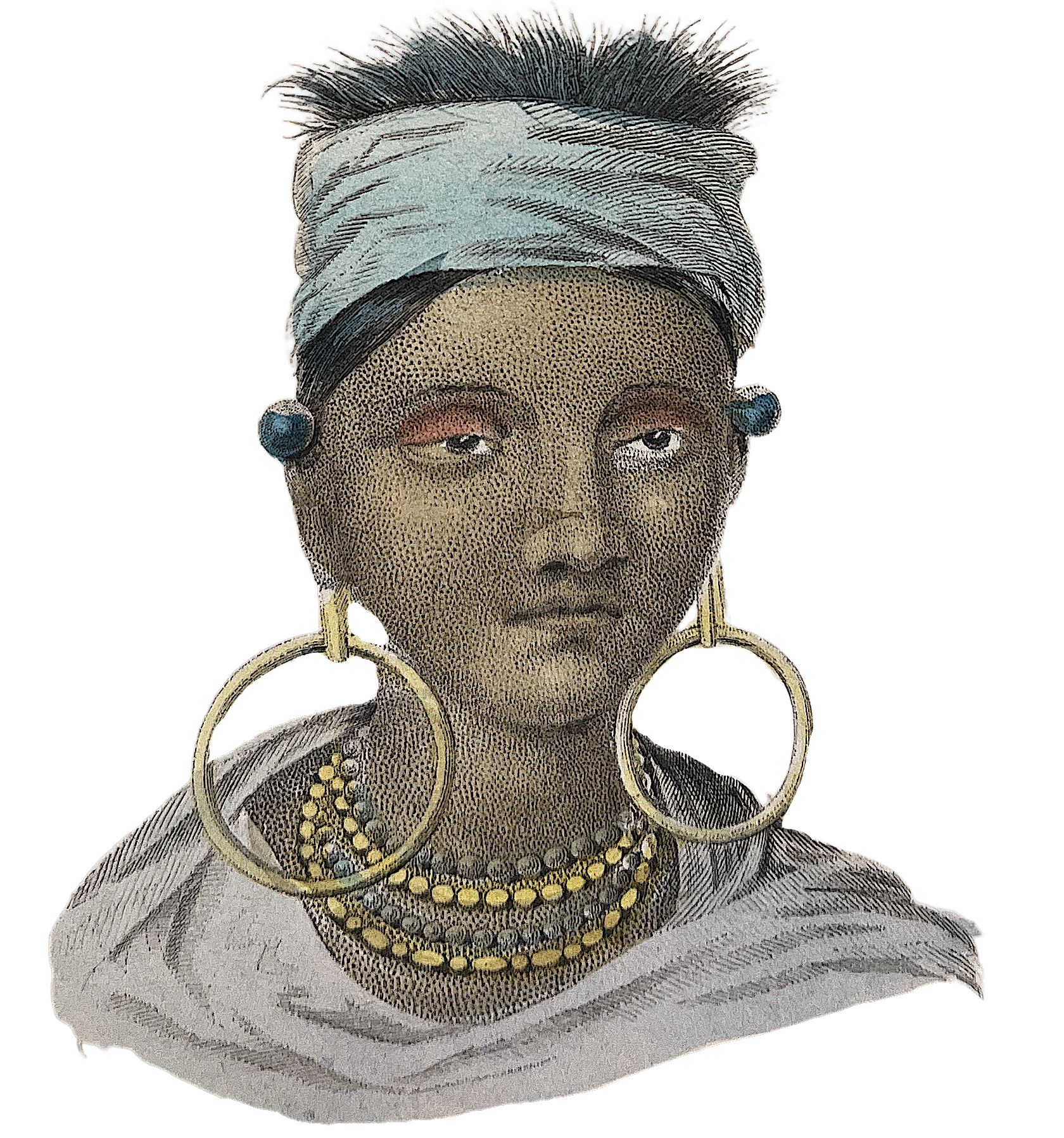


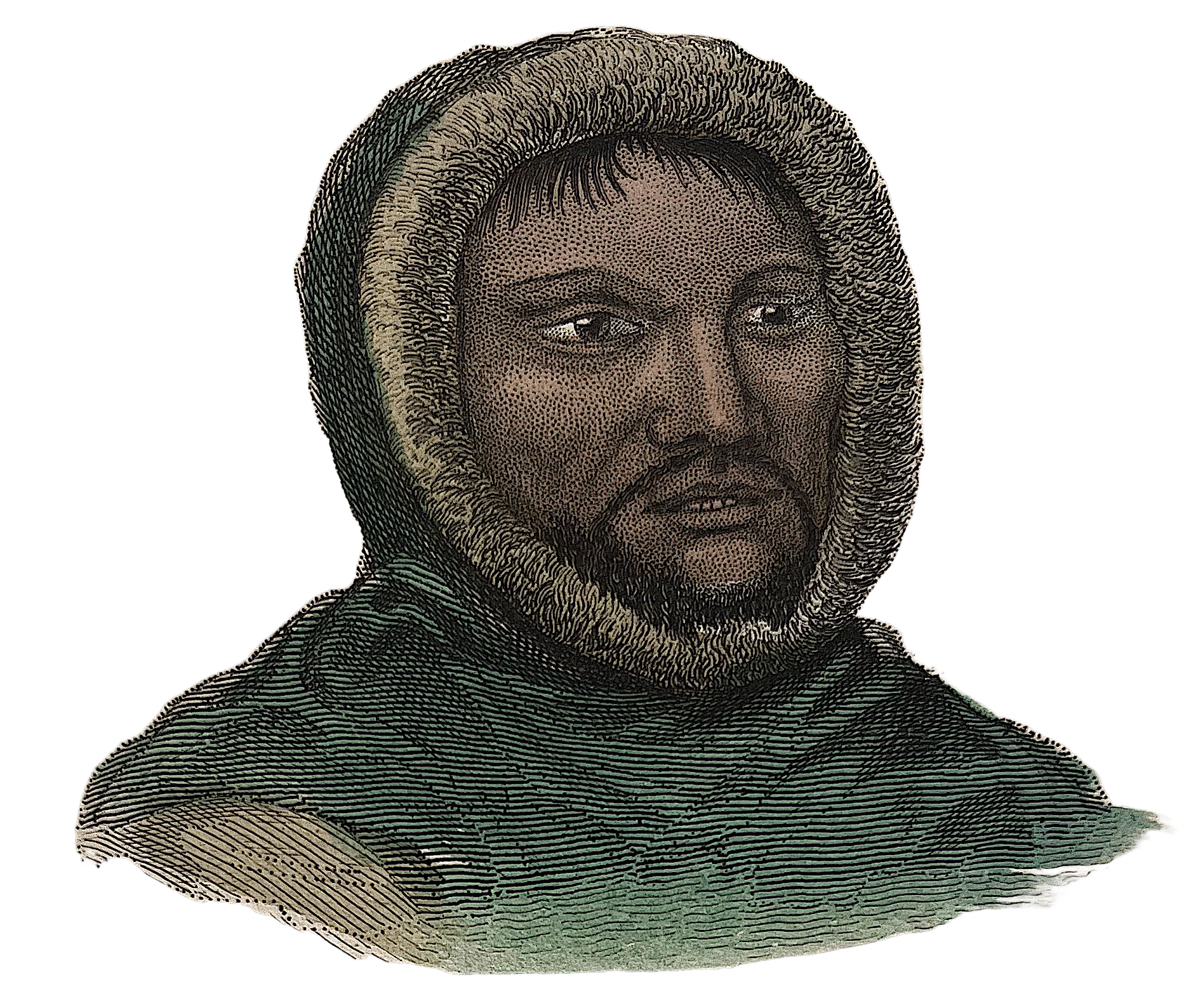

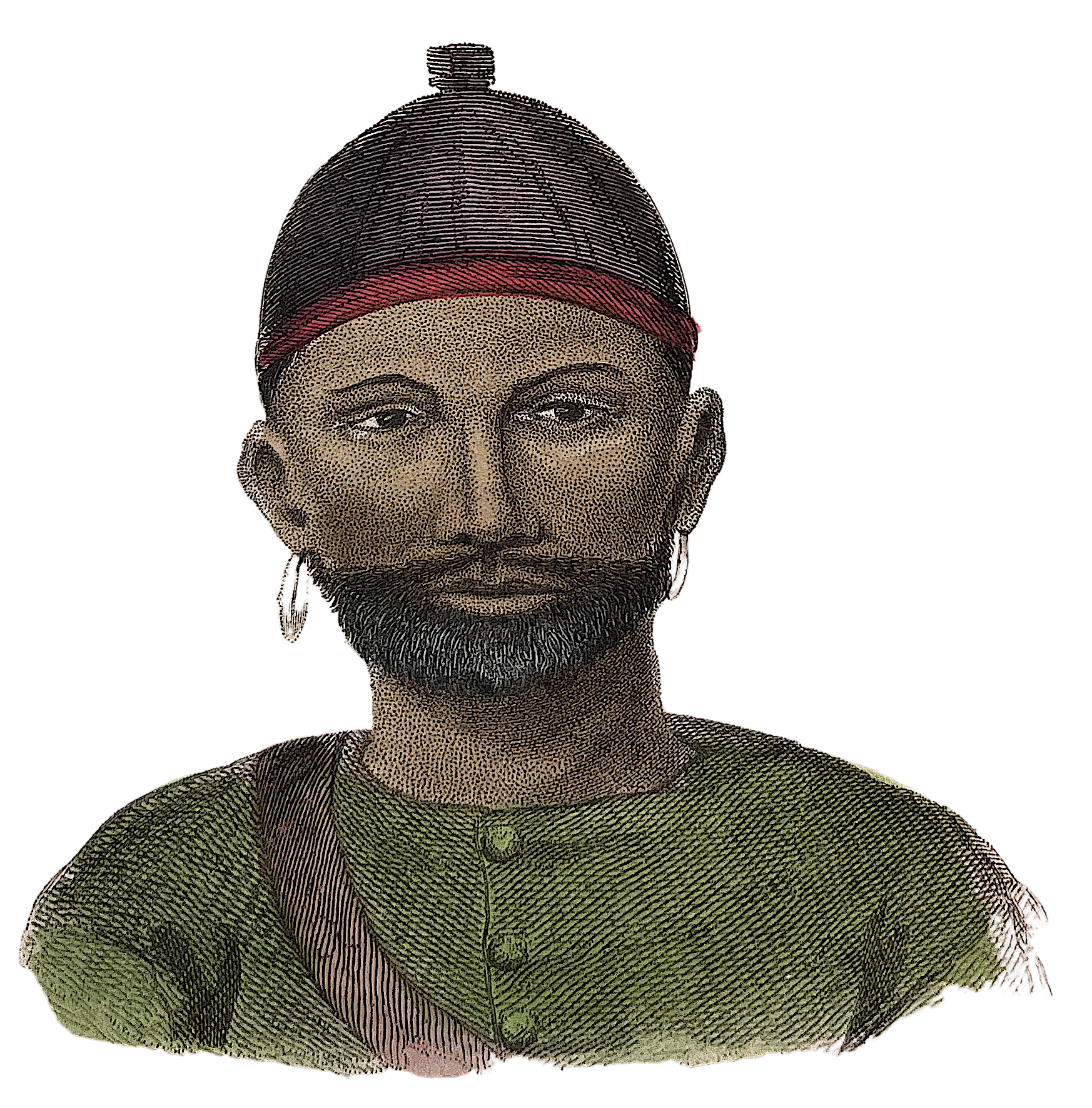

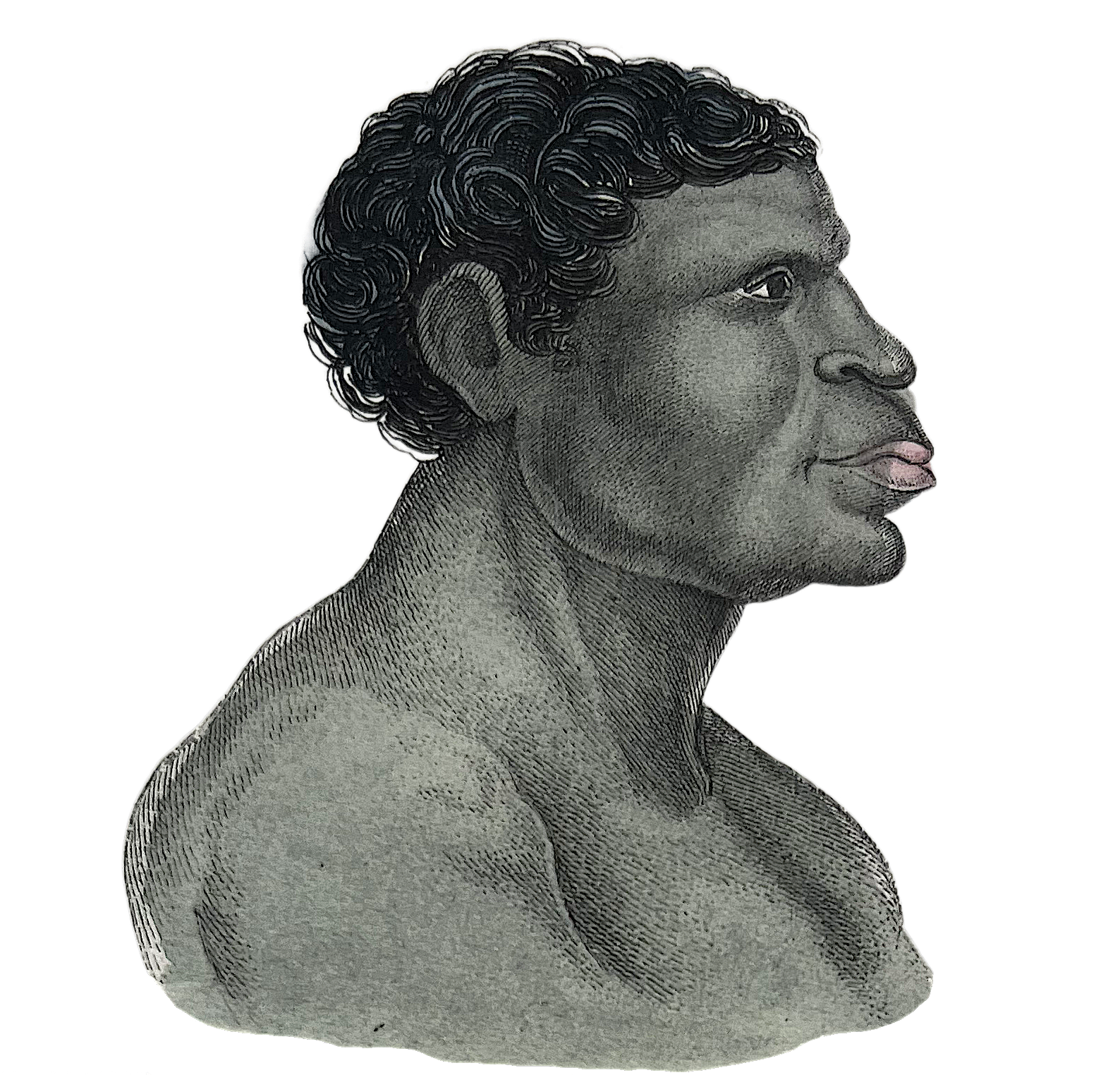
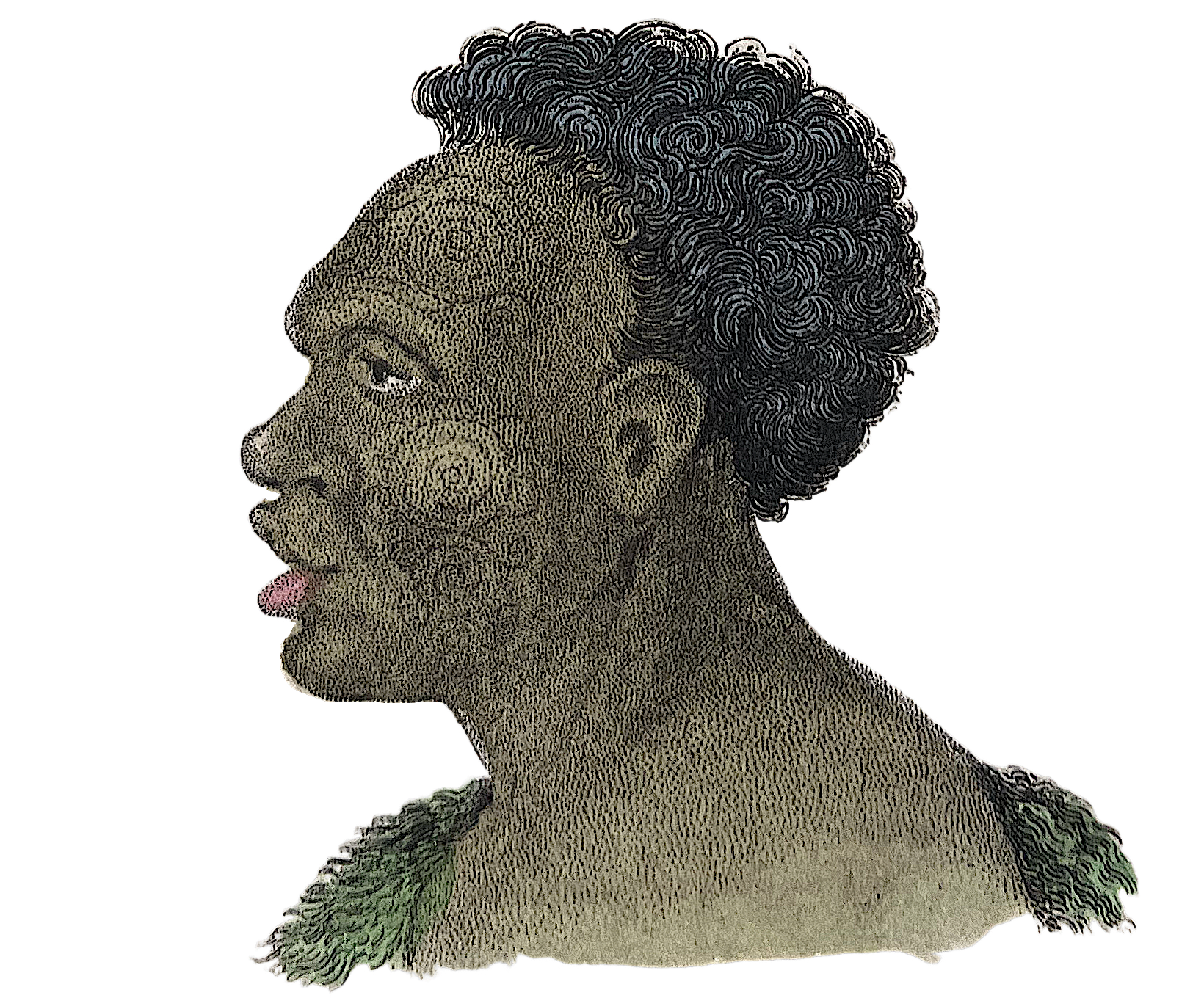




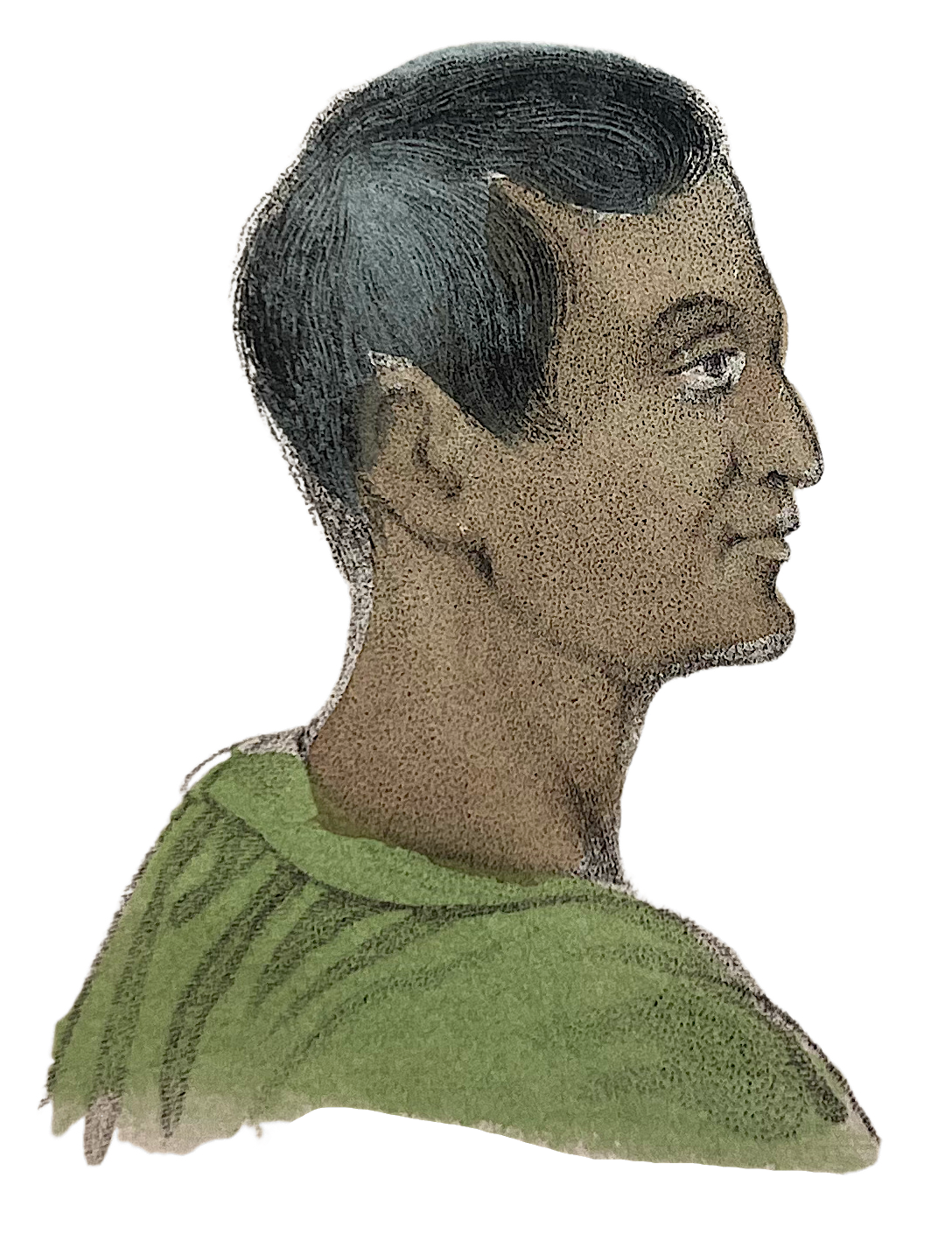


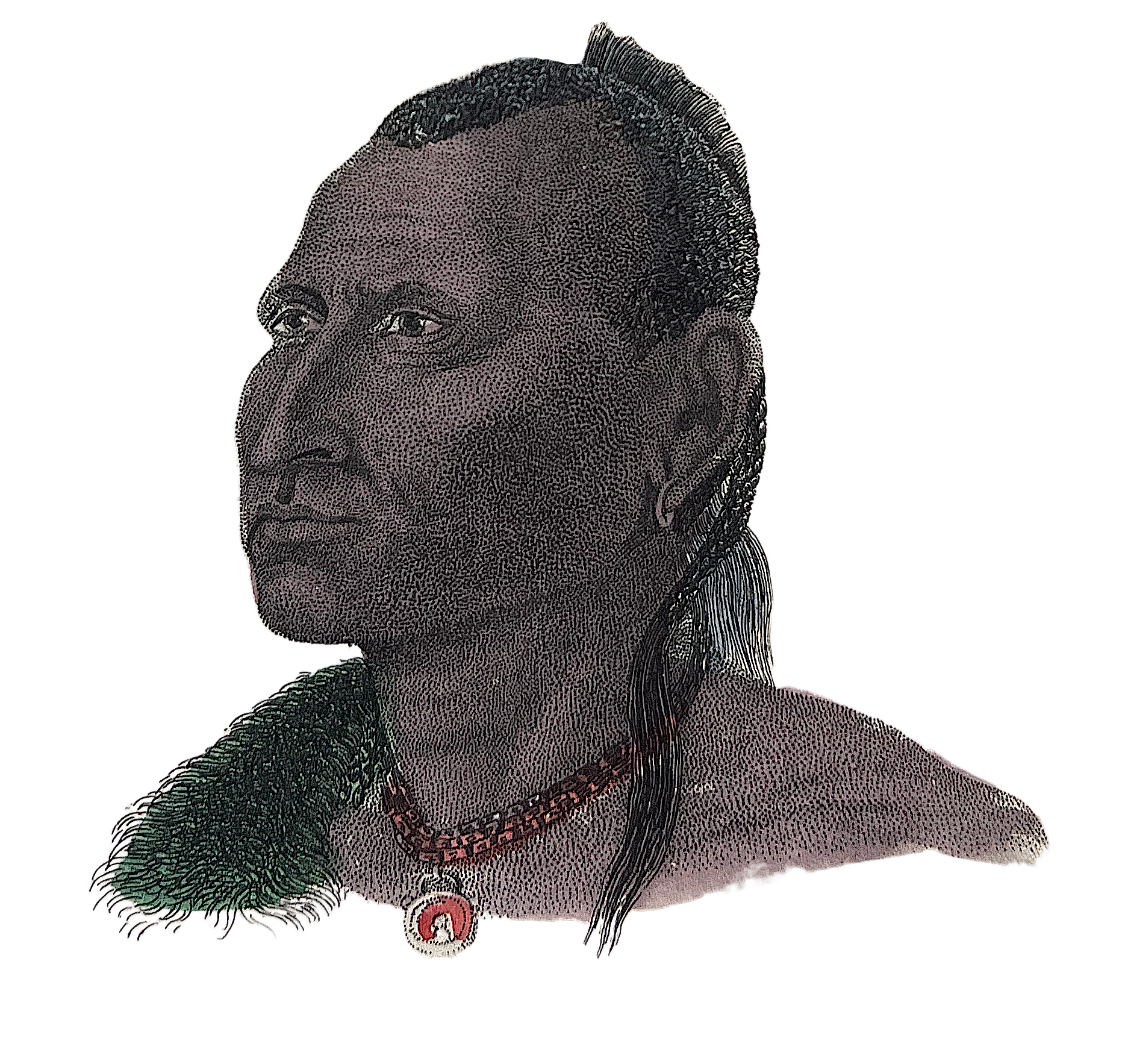



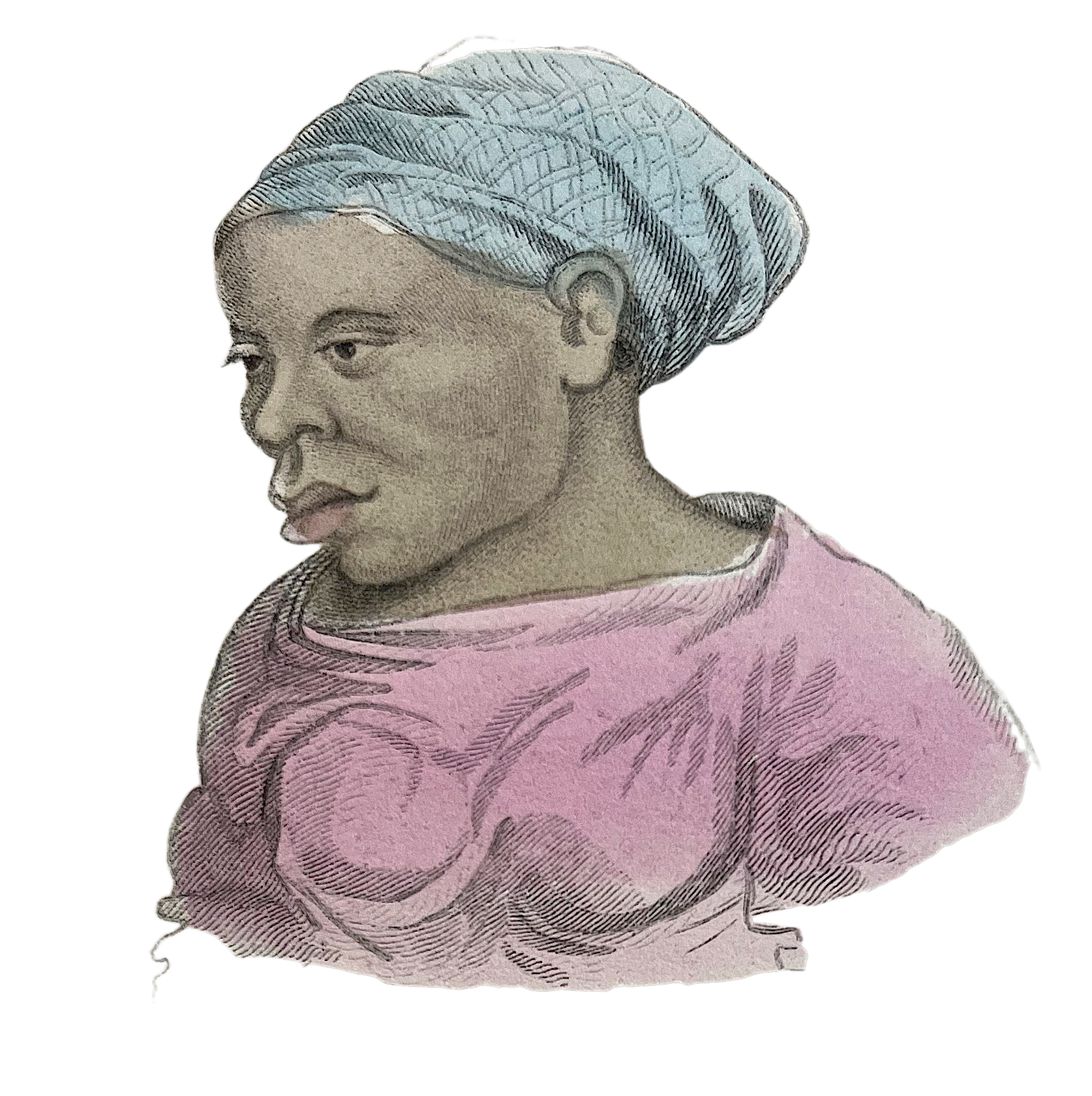

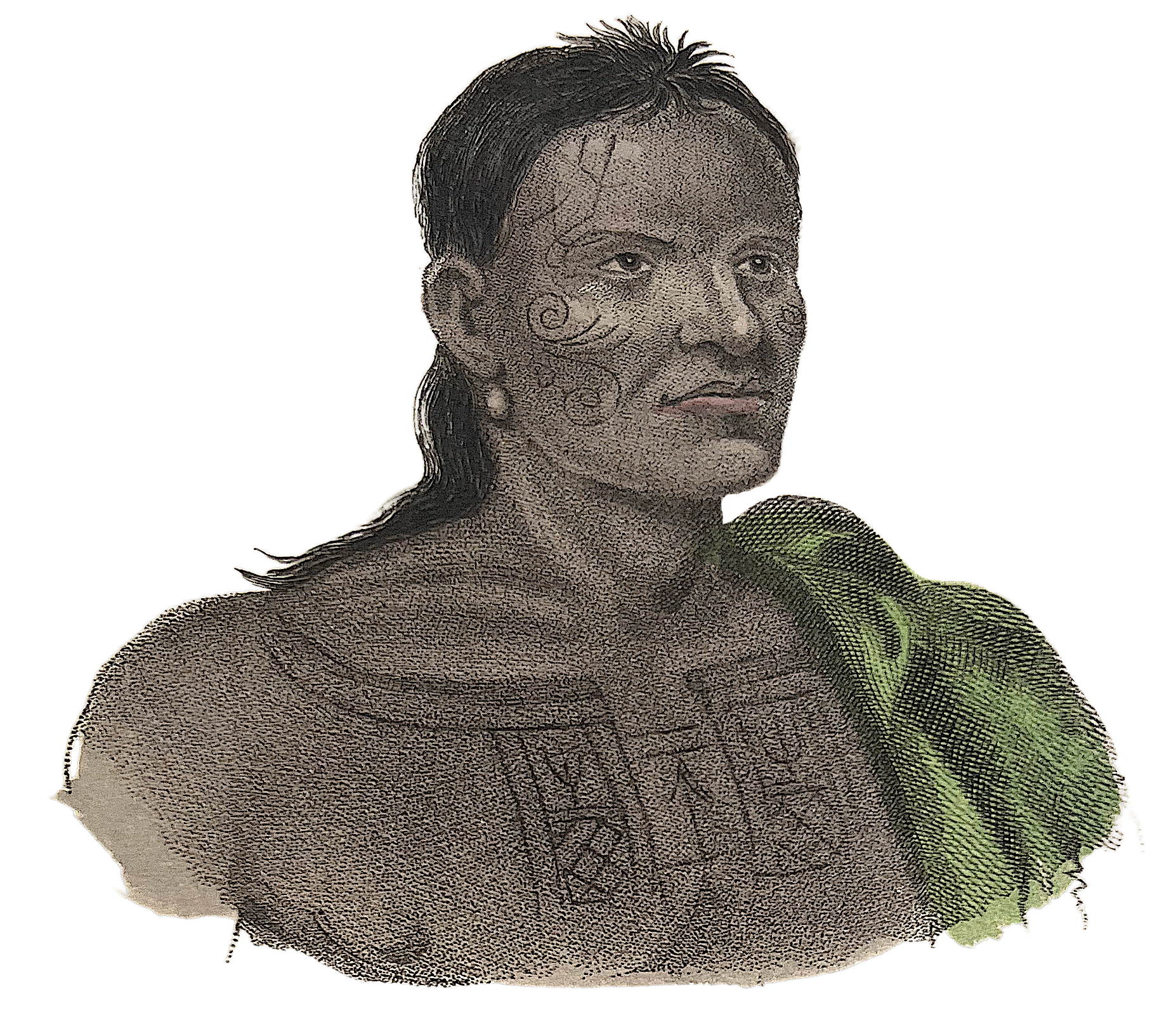


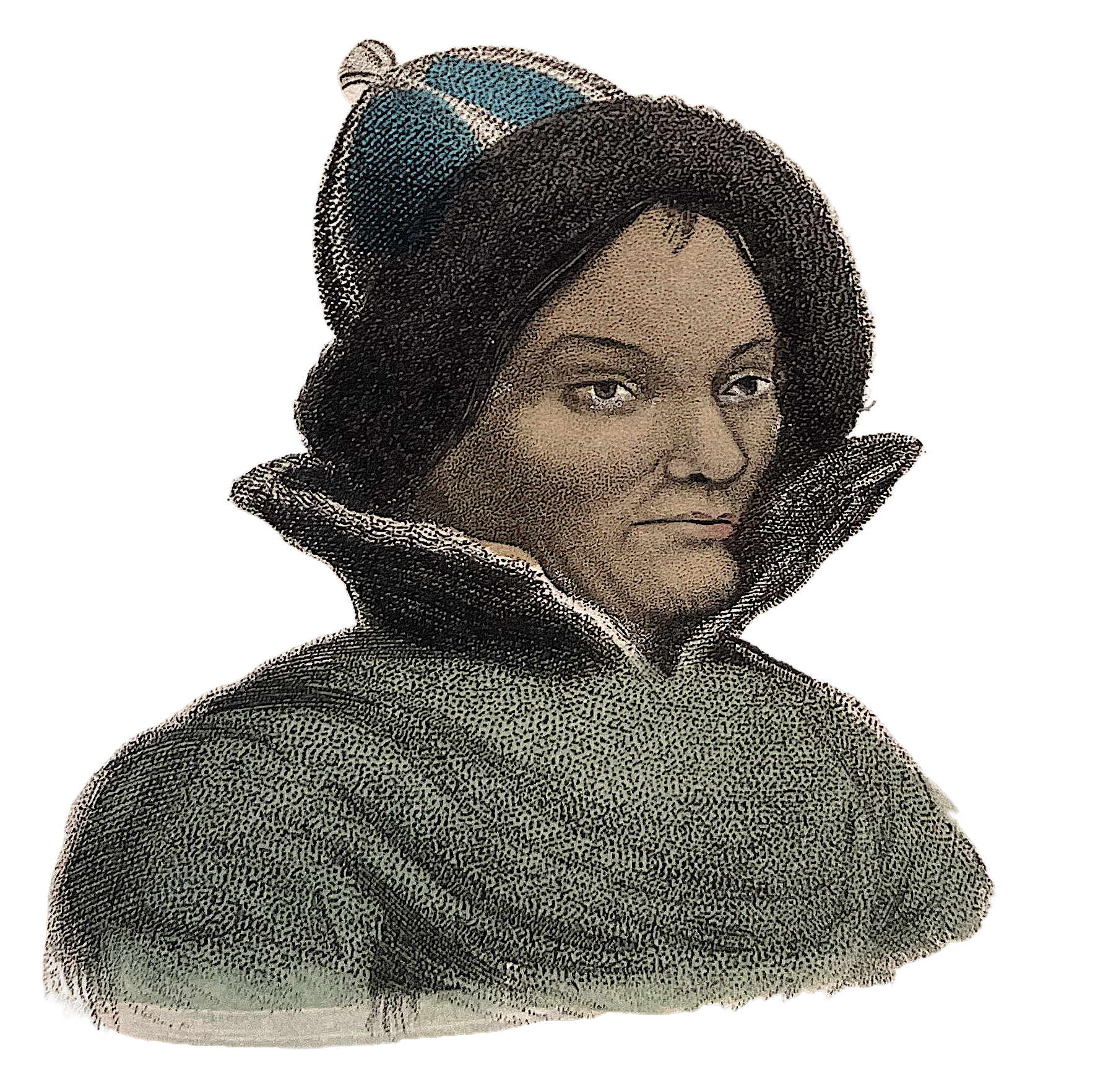
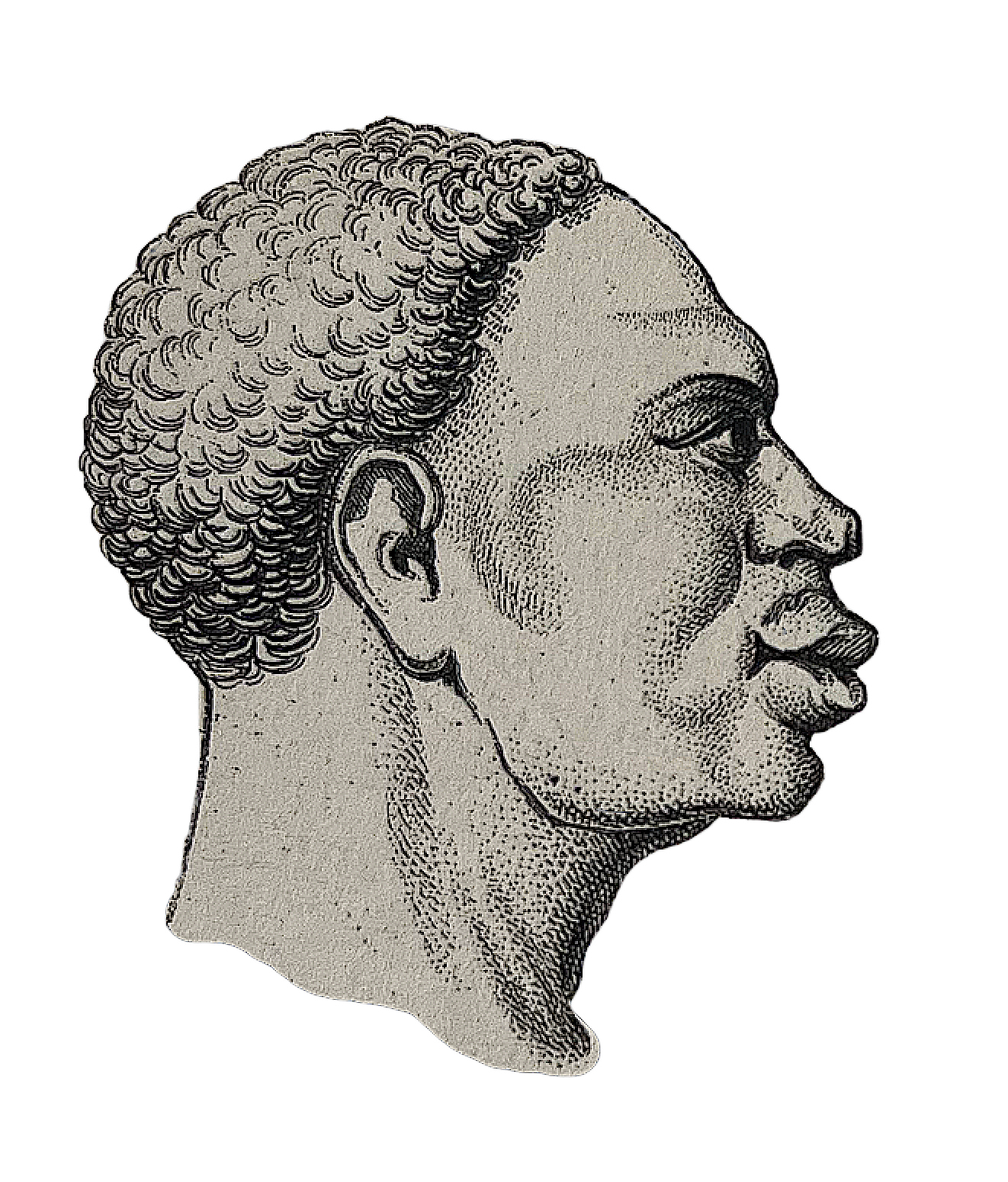
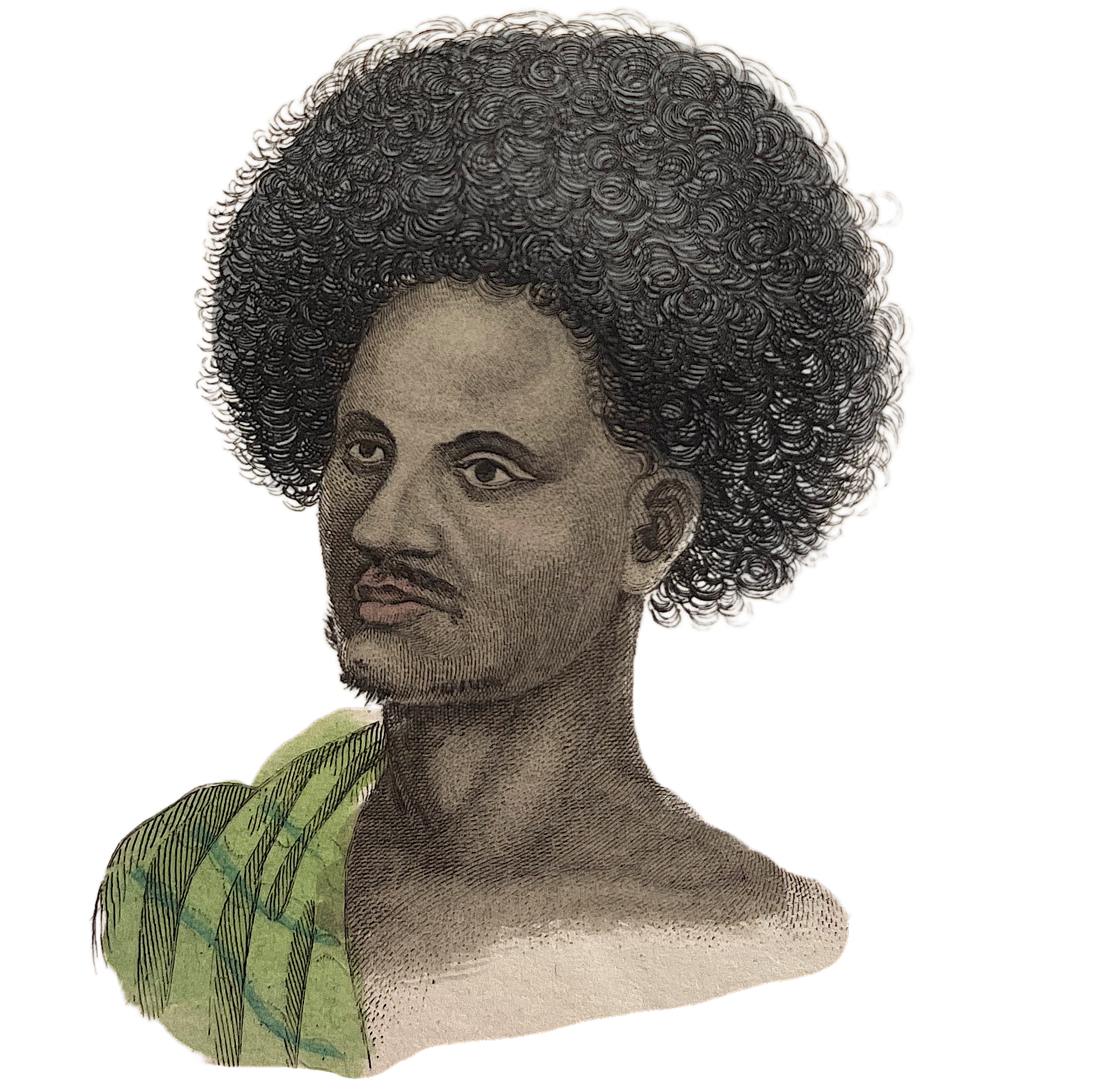
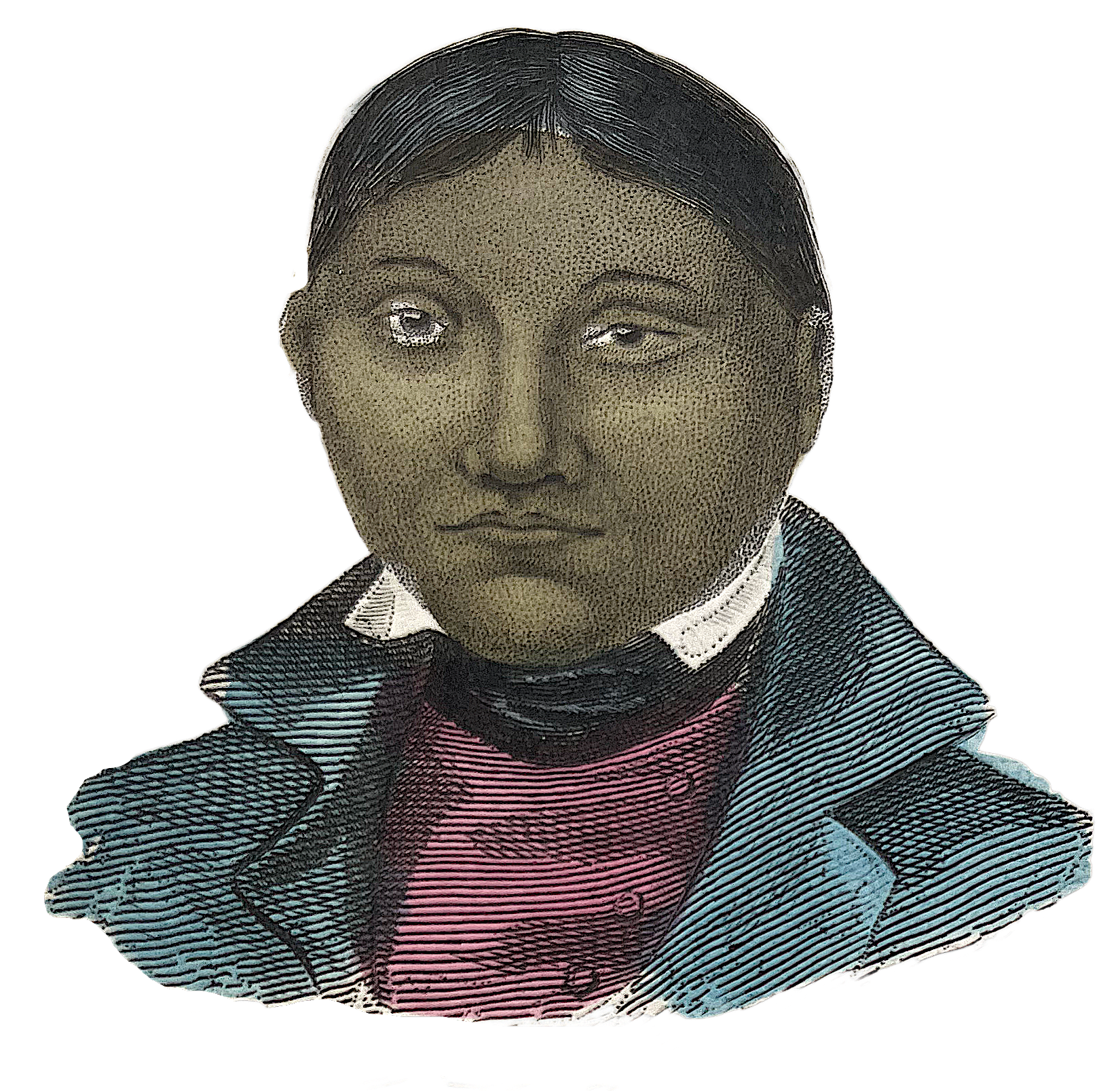
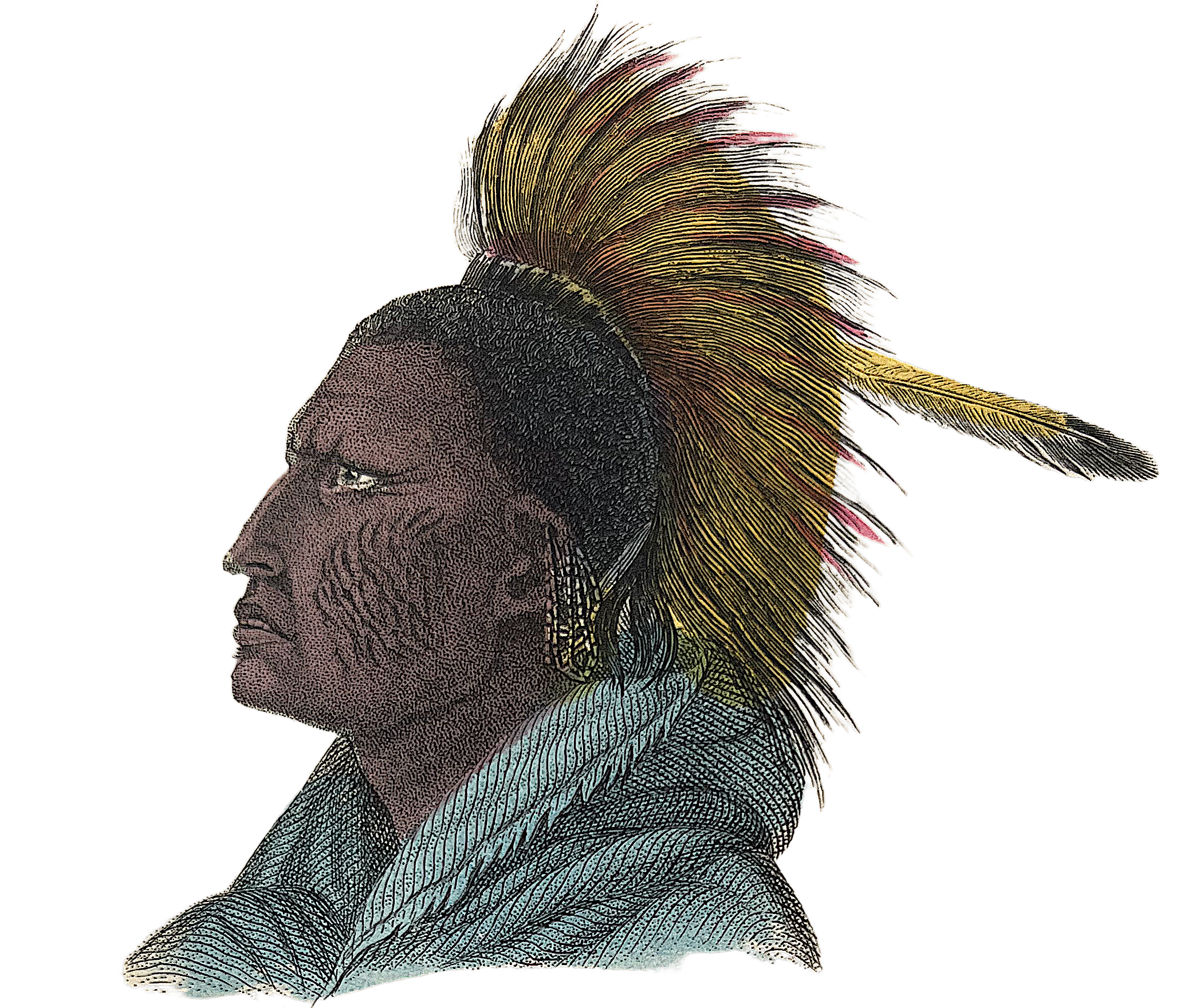





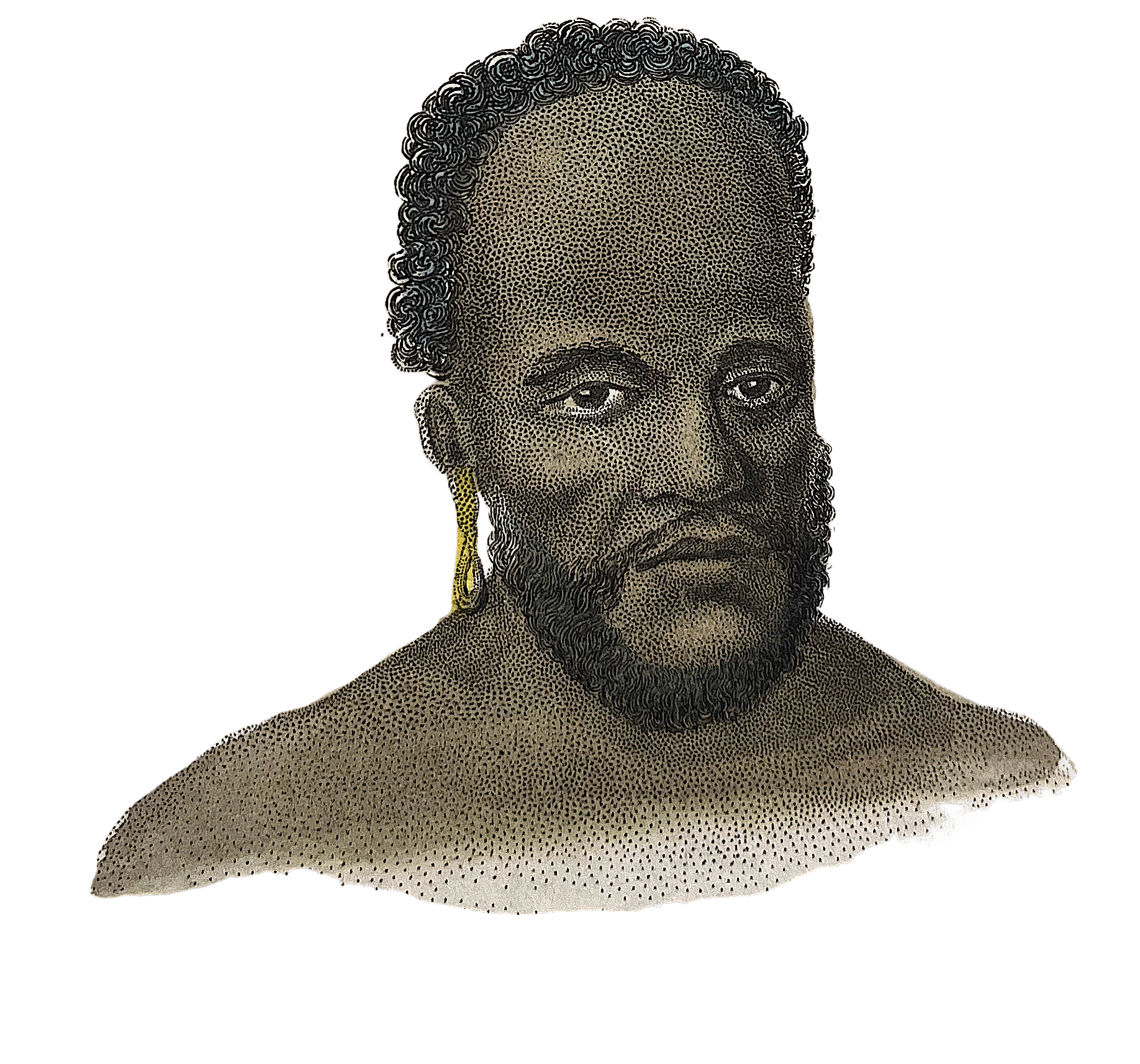

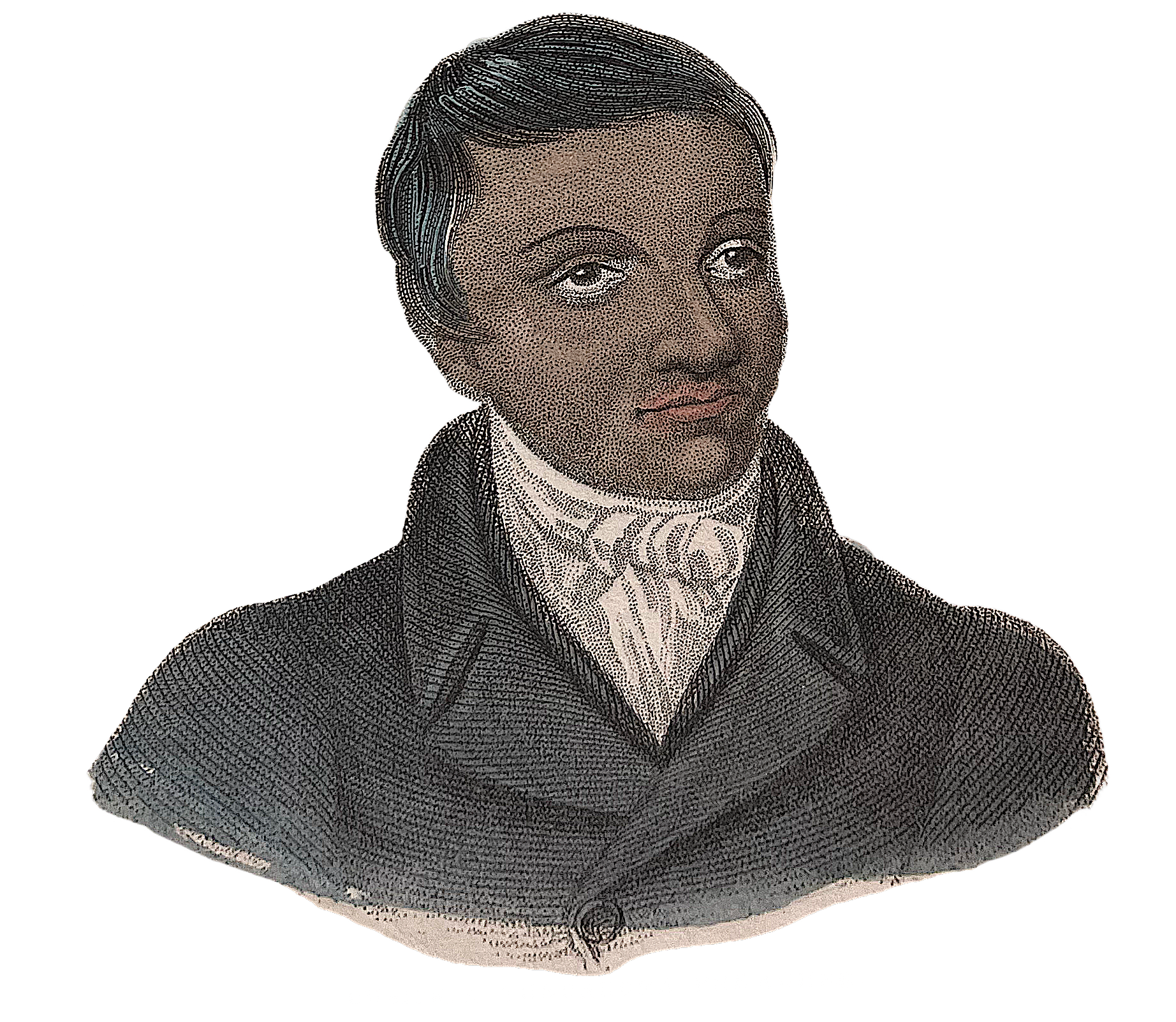



The History and Impact of Scientific Racism in America
Introduction
In the late 19th and early 20th centuries, leading scientific institutions and researchers promoted theories of racial hierarchy that claimed scientific legitimacy through misappropriation of evolutionary theory. This dark chapter in scientific history demonstrates how scientific authority can be misused to justify discrimination and human rights violations. The impact of this period continues to influence society today, making it crucial to understand both its historical context and modern implications.
Early Exhibitions and the Rise of Scientific Racism
In 1859, three months after Darwin published "On the Origin of Species," P.T. Barnum unveiled a new attraction at his museum in New York City featuring William Henry Johnson, an African American man, who was marketed as the "What Is It?" or "Man Monkey." Visitors were told he had been captured by hunters in Africa who discovered beings roving among trees like apes. Museum staff claimed scientists had pronounced him as "the connecting link between African blacks and lower animals." Johnson spent much of his life on public display, sometimes in a cage. This exploitation was followed by many more supposed "missing links" marketed to the public at freak shows throughout America in the 1880s.
Other notable exhibitions included:
- Krao, promoted as "living proof of Darwin's theory of the descent of man"
- "Congo the Ape Man," exhibited in a cage next to a chimpanzee
- Various indigenous peoples displayed as "evolutionary specimens"
The 1904 St. Louis World's Fair
The St. Louis World's Fair of 1904 marked a significant escalation in the institutionalization of scientific racism. Drawing over 19 million visitors, the fair included:
The Human Zoo
- Organized by anthropologist William McGee, a leading scientist and former acting president of the American Association for the Advancement of Science
- Featured thousands of indigenous peoples from around the world
- Displayed people in enclosed villages designed to recreate their "native habitats"
- Attracted over 4 million visitors to the anthropological displays
Scientific Studies and Experiments
- A special laboratory conducted tests on displayed individuals
- Measurements of intelligence and physical features
- Studies of pain thresholds
- Collection of physical specimens for research
The Tragic Story of Ota Benga
The case of Ota Benga represents one of the most egregious examples of scientific racism in American history. His story unfolded in several stages:
Initial Acquisition and Exhibition
- Purchased from a slave market by explorer Samuel Phillips Verner
- Brought to the 1904 St. Louis World's Fair
- Advertised as "the only genuine African cannibal in America"
- Displayed his pointed teeth to visitors for a nickel
Museum and Zoo Exhibition
- Initially housed at the American Museum of Natural History
- Transferred to the Bronx Zoo in 1906
- Displayed in the Monkey House alongside a chimpanzee
- Attracted nearly 250,000 visitors in just weeks
Public Response
- Sparked protests from African American ministers
- Generated controversy in New York's religious community
- Led to debates about human dignity and scientific ethics
- Eventually resulted in his release from the zoo and later his death
The Eugenics Movement and Scientific Authority
The eugenics movement emerged as a "scientific" approach to human improvement, gaining widespread support from America's academic and scientific establishments.
Scientific Support and Institutions
- Backed by researchers from Harvard, Yale, MIT, and the Smithsonian
- Endorsed by prominent figures like Alexander Graham Bell
- Promoted through major scientific conferences and exhibitions
- Supported by leading scientific journals and publications
Key Initiatives and Policies
The eugenics movement implemented widespread policies affecting millions of Americans:
- Forced sterilization laws in 32 states, resulting in over 60,000 sterilizations
- The Immigration Act of 1924, which severely restricted immigration from non-Nordic countries
- Marriage prohibition laws in 41 states by 1935
- Collection of over 750,000 family histories by the Eugenics Record Office
- Biological profiling systems affecting educational and employment opportunities for millions
- Mental fitness testing programs in schools, prisons, and immigration centers
These policies were later used as a model by Nazi Germany, which initially sterilized more than 300,000 people under similar eugenic principles. The Nazi regime then escalated these practices dramatically, first establishing medical facilities where they began gassing disabled individuals deemed "unfit" under eugenic theories. These same facilities and methods were subsequently used in the systematic murder of six million Jews during the Holocaust, representing the ultimate horrific manifestation of eugenic ideology taken to its extreme. This progression from eugenic theories to genocide demonstrates the devastating consequences of allowing scientific authority to be used to dehumanize any group of people.
The Role of Scientific Institutions
- American Museum of Natural History hosted major eugenics conferences
- Leading universities conducted eugenic research
- Scientific journals published eugenic theories
- Research institutions maintained collections of human specimens
Opposition and Resistance
While scientific racism gained widespread institutional support, various groups and individuals mounted significant opposition:
Religious Opposition
- Catholic Church emphasized universal human dignity
- Protestant denominations rejected eugenic principles
- Religious leaders challenged scientific justifications
- Faith-based organizations protected vulnerable populations
Scientific Dissent
- Some scientists questioned racial theories
- Researchers challenged eugenic methodologies
- Growing evidence contradicted racial hierarchies
- Alternative theories of human variation emerged
Community Resistance
- African American leaders organized protests
- Civil rights organizations challenged exhibitions
- Religious communities provided support to victims
- Legal challenges to eugenic policies
Modern Implications and Contemporary Issues
The legacy of scientific racism continues to influence modern society in various ways:
Institutional Response
- Many institutions have yet to acknowledge their historical role
- Limited public discussion of scientific racism's history
- Resistance to including this history in educational curricula
- Ongoing debates about institutional responsibility
Modern Manifestations
- Persistence of racist pseudoscience
- Misuse of genetic research by hate groups
- Continued influence on social policies
- Impact on medical research and healthcare
Educational Challenges
- Difficulty incorporating this history into science education
- Resistance to discussing science's role in racism
- Need for balanced historical perspective
- Importance of ethics in scientific education
Conclusion
Understanding the history of scientific racism is crucial for:
- Preventing similar misuses of scientific authority
- Developing ethical scientific practices
- Addressing ongoing racial prejudices
- Promoting institutional accountability
- Ensuring human dignity in research
- Advancing responsible scientific progress
The history of scientific racism serves as a powerful reminder of the importance of combining scientific advancement with ethical considerations and human dignity. It highlights the need for continued vigilance against the misuse of science to justify discrimination or dehumanization, while also emphasizing the responsibility of scientific institutions to acknowledge and learn from their past.
Key Historical Figures and Their Impact
The development and opposition to scientific racism involved numerous prominent figures from scientific institutions, public venues, and religious organizations. Leading scientific advocates included William McGee (1853-1912), anthropologist and acting president of the American Association for the Advancement of Science, who directed the human displays at the 1904 St. Louis World's Fair. Henry Fairfield Osborne (1857-1935), as president of the American Museum of Natural History, provided institutional support for eugenics conferences and research. German scientist Ernst Haeckel (1834-1919) popularized racist interpretations of evolutionary theory that influenced both American and European scientific thought.
The public face of scientific racism often involved showmen and exhibitors. P.T. Barnum began this trend by exhibiting William Henry Johnson in 1859. Samuel Phillips Verner (1873-1943) later purchased and exhibited Ota Benga, while William Temple Hornaday (1854-1937), as director of the Bronx Zoo, approved Benga's exhibition in the Monkey House.
Opposition came primarily from religious leaders and civil rights advocates. Reverend Robert Stewart MacArthur led early protests against Ota Benga's exhibition. William Jennings Bryan (1860-1925), a prominent evangelical leader, spoke out against eugenics, while Pope Pius XI issued a papal encyclical condemning the movement. Notable political opposition included Governor John Moorhead, who vetoed Nebraska's forced sterilization bill on moral grounds.
The scale of public exposure to these exhibitions was massive:
- The 1904 St. Louis World's Fair drew 19 million visitors
- Its anthropological displays attracted 4 million viewers
- The Bronx Zoo's exhibition of Ota Benga drew 250,000 visitors in just weeks These numbers demonstrate how scientific racism reached mass audiences and shaped public opinion throughout the era.
References and Further Reading
This historical account draws from extensive primary and secondary sources. Key primary sources include Darwin's "On the Origin of Species" (1859), contemporary New York Tribune reports on Barnum's exhibitions, St. Louis World's Fair documentation (1904), and proceedings from the American Museum of Natural History Congress of Eugenics (1921, 1932). Pope Pius XI's 1930 encyclical "Casti Connubii" provides important documentation of religious opposition to eugenics.
Significant secondary analyses include Stephen Jay Gould's "The Mismeasure of Man" (1981), which critically examines scientific racism's methodological flaws, and recent works like "The Human Zoo: Science's Dirty Secret" (2009). Legal documents, including the Buck v. Bell Supreme Court Decision (1927) and more recent educational policy debates in Louisiana (2001) and Kansas (2007), demonstrate the lasting impact of these ideas.
Contemporary research continues to examine this history's relevance to modern scientific ethics. Recent publications in the Journal of the History of Biology (2015), Science and Society (2018), and Medical Ethics Quarterly (2020) explore institutional responsibility and the importance of historical memory in shaping current scientific practice.
This documentation serves as both historical record and warning, reminding us that scientific advancement must always be guided by ethical principles and respect for human dignity.